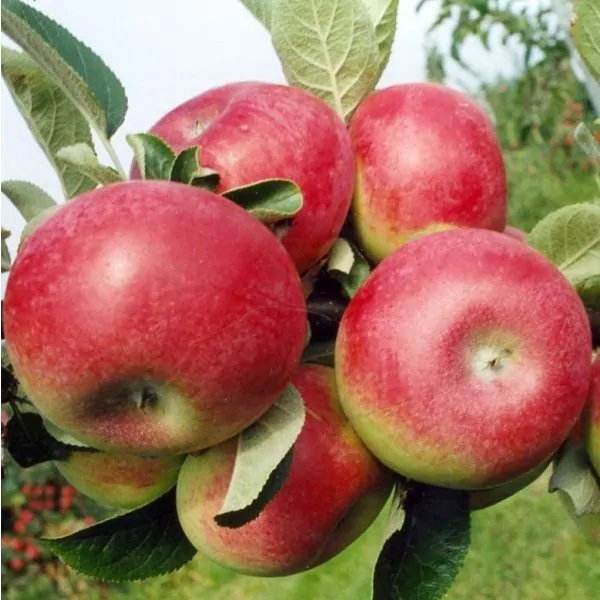The McIntosh apple, named after its discoverer John McIntosh, is a crisp and juicy fruit that has been enjoyed for generations. Its unique flavor and versatility have made it a popular choice for both fresh eating and cooking. In this blog post, we will take you on a journey to discover the McIntosh apple tree, its rich history, and its remarkable culinary legacy. We will also provide you with tips and techniques to successfully grow your own McIntosh apples, allowing you to savor the taste of history and flavor in your own backyard.
The McIntosh apple: a culinary legacy
The McIntosh apple has a rich and storied history, dating back to the early 19th century. It was discovered by a Canadian farmer named John McIntosh, who found a seedling growing on his farm in Dundas, Ontario. The McIntosh apple quickly gained popularity for its delicious flavor and attractive appearance, and it soon became one of the most popular apples in North America.
The McIntosh apple is known for its sweet and slightly tart flavor, which makes it a favorite for eating fresh. Its crisp, juicy texture and aromatic flavor make it a delightful treat that can be enjoyed on its own or paired with other fruits and ingredients. The McIntosh apple’s versatility also extends to baking and cooking, where it holds its shape well and adds a beautiful red color to pies, cakes, and other desserts. Its flavor is well-suited for both sweet and savory dishes, making it a popular choice for a wide variety of culinary creations.
Beyond its culinary uses, the McIntosh apple has also played a significant role in cultural and social traditions. It is often associated with the fall season and apple picking, evoking nostalgic memories of crisp autumn days and family outings to the orchard. The McIntosh apple has also been featured in literature, art, and popular culture, further solidifying its place as a beloved and iconic fruit.
Growing McIntosh apples: tips and techniques
This section will provide tips and techniques on how to grow your own McIntosh apples. You will learn how to choose a sunny spot with well-drained soil for planting your tree, as well as how to plant the tree in early spring or fall.
To grow McIntosh apples successfully, it is important to choose the right location. McIntosh trees prefer full sun and well-drained soil with a pH between 6.0 and 7.0. The soil should also be rich in organic matter. If your soil is not well-drained, you may need to amend it with compost or other organic matter.
When planting your McIntosh tree, dig a hole that is twice as wide as the root ball and just as deep. Backfill the hole with soil and water the tree thoroughly. Stake the tree to help it stay upright.
McIntosh trees are relatively easy to care for. They require regular watering, especially during dry spells. Fertilize the tree in early spring with a balanced fertilizer. Prune the tree in late winter or early spring to remove any dead or diseased branches.
McIntosh apples are ready to harvest in late September or early October. The apples should be picked when they are fully ripe, but not soft. To pick an apple, gently twist it until it comes off the branch. Do not pull the apple, as this can damage the tree.
Once the apples are picked, they can be stored in a cool, dry place for up to 2 months. McIntosh apples are best eaten fresh, but they can also be used in pies, cakes, and other desserts.

